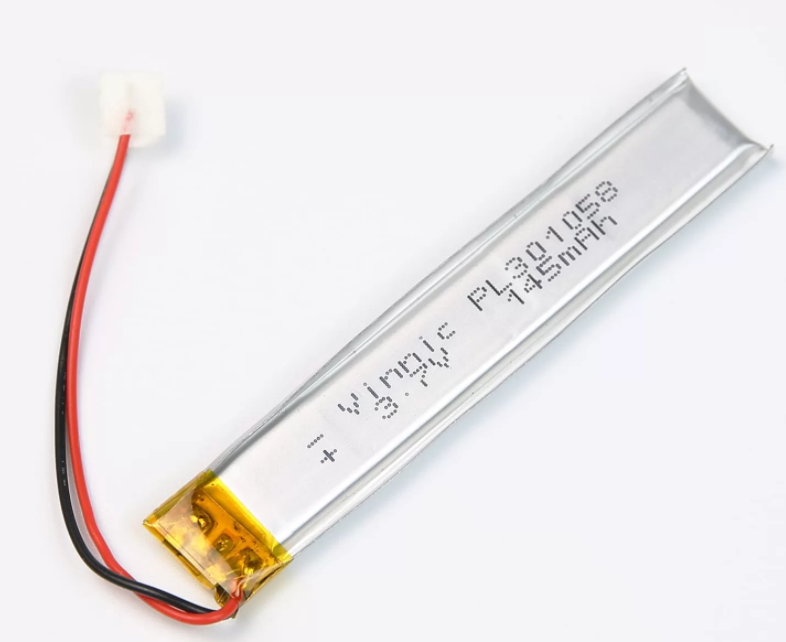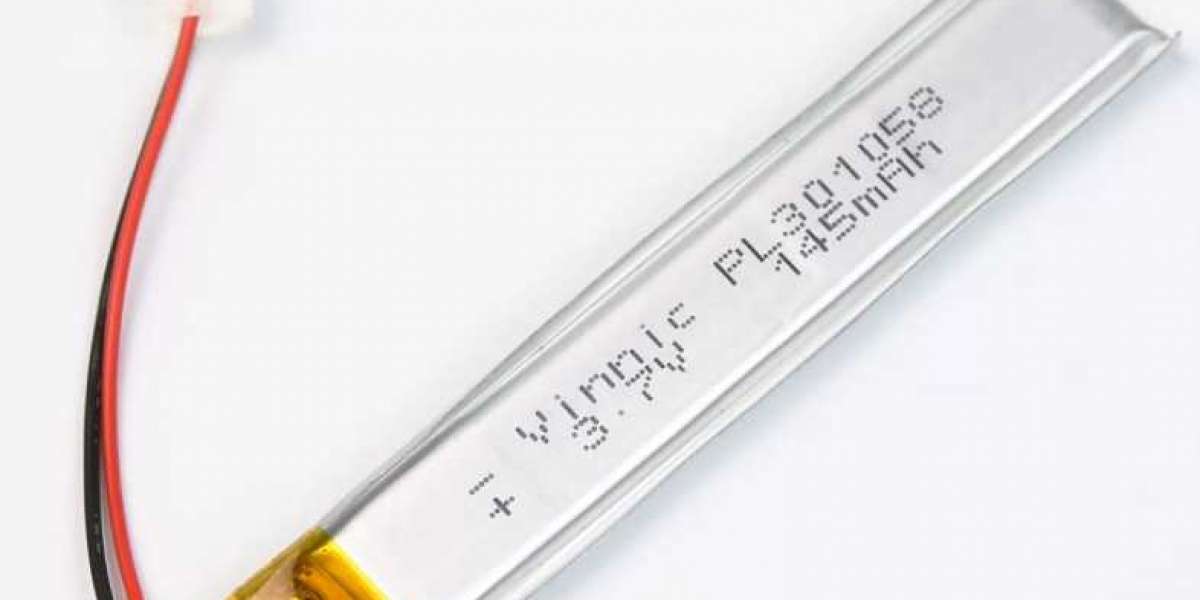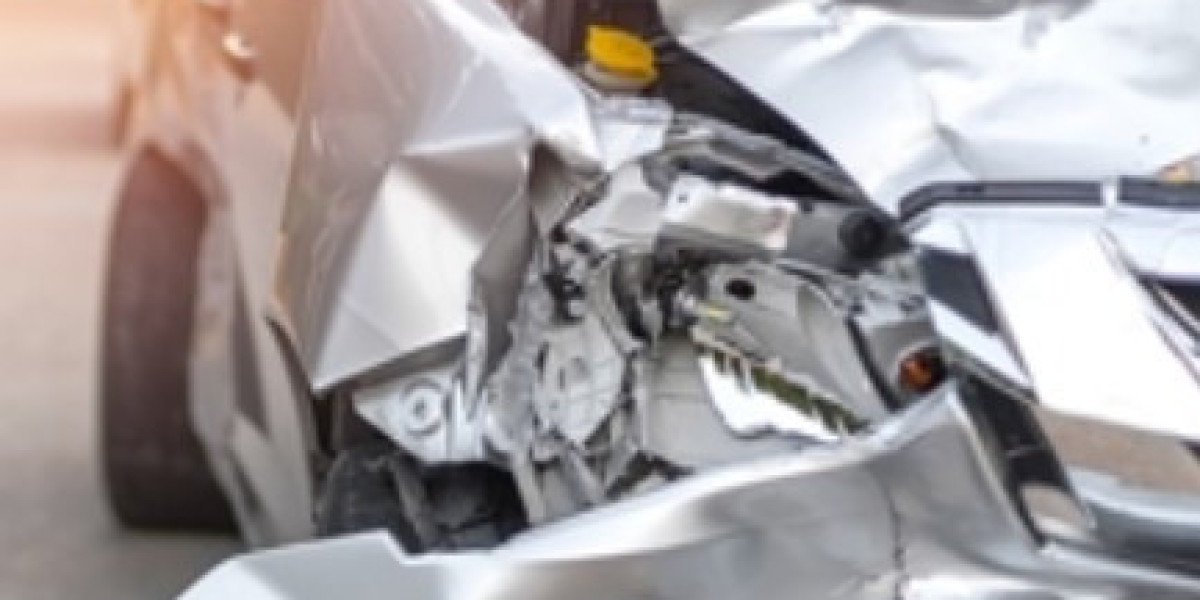Lithium batteries and lithium-ion batteries are new high-energy batteries successfully developed in the 20th century. Lithium batteries generally refer to lithium primary batteries and lithium secondary batteries. The negative electrode of this battery is metal lithium, and the positive electrode is MnO2, SOCl2, etc.

The research on lithium primary batteries began in the 1950s and entered practical use in the 1970s. Because of its high specific energy, high battery voltage, wide operating temperature range, and long storage life, it has been widely used in small household appliances, such as mobile phones, portable computers, video cameras, cameras, etc., partially replacing traditional batteries.
The safety performance of lithium secondary batteries has not been fully resolved and is still in the experimental research stage. Lithium-ion battery research began in the 1980s. In 1990, Nagoura and others in Japan developed a lithium-ion secondary battery with petroleum coke as the negative electrode and LiC002 as the positive electrode. In the same year, Moll and Sony battery companies announced that they would launch lithium-ion batteries with carbon as the negative electrode. In 1991, Japan's Sony Battery Department and Energy Technology Corporation jointly developed a lithium-ion battery with polyol pyrolysis carbon (PFA) as the negative electrode.
In 1993, Bellcore (Bell Telecom) of the United States first reported the use of PVdF technology to manufacture polymer lithium-ion batteries (PLIB). Domestic manufacturers of polymer lithium-ion batteries also came out in the 1990s, Xiamen Baolong Industrial Co., Ltd. in December 1999, and Guangdong Huizhou TCL Jinneng Battery Co., Ltd. in July 2000. According to statistics, the production of lithium-ion batteries in the world is growing rapidly.
The polymer lithium-ion battery has a larger capacity than the current liquid lithium-ion battery, and because the polymer battery material is soft, the battery does not leak liquid, and it is easy to make ultra-thin and arbitrary-shaped batteries. Therefore, polymer lithium-ion batteries are ideal power sources for small appliances such as notebook computers, mobile phones, video cameras, cameras, etc.
Strictly speaking, large-capacity lithium batteries used in electric vehicles, aerospace, and energy storage are still in the development stage. For example, power lithium batteries have a route dispute. Japan and South Korea advocate lithium manganate, while China and the United States prefer lithium iron phosphate. It shows that both are not perfect.
In 1995, the large-scale lithium-ion battery (100Ah) trial-produced by Sony Corporation (SonyEnergytecCorp.) was used in electric vehicles by Nissan MotorCo. ). In 1998, the French Sahft Company (SahCo.) announced at the Ninth International Lithium Battery Conference that the lithium-ion battery (50Ah) for electric vehicles has reached the pilot production stage. The performance of these early power batteries has long been surpassed, but the large-scale practical application still requires the improvement of supporting projects.
The above is an introduction to the development history of lithium-ion batteries, I hope to be helpful to you, Chung Pak specializes in providing various lithium-ion batteries, and looks forward to your visit and consultation.



